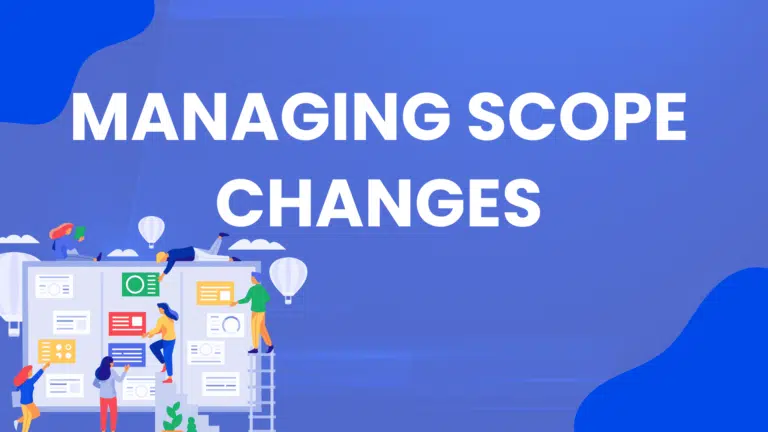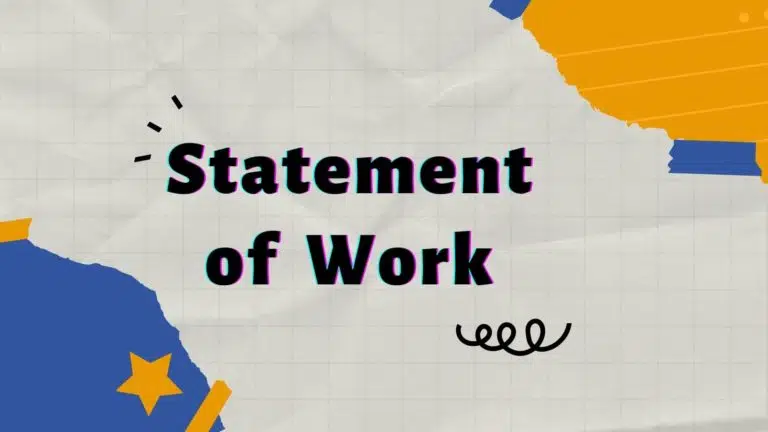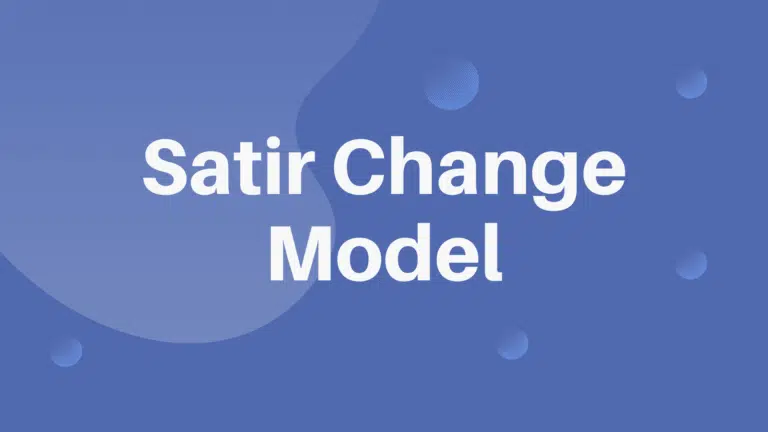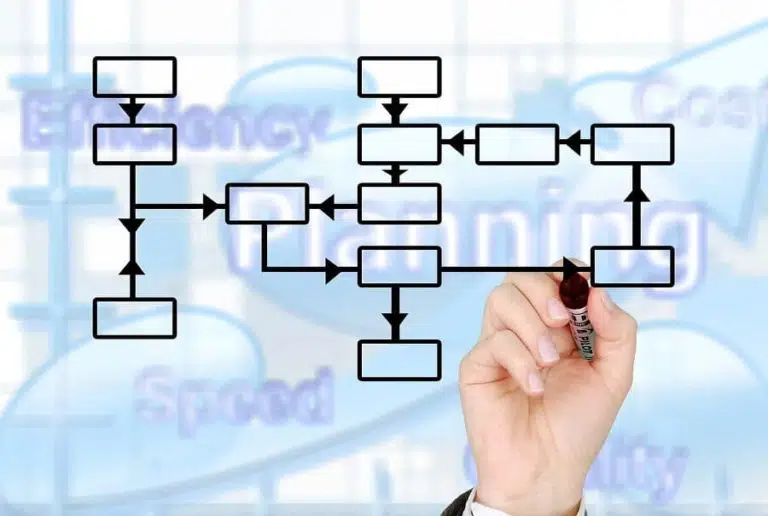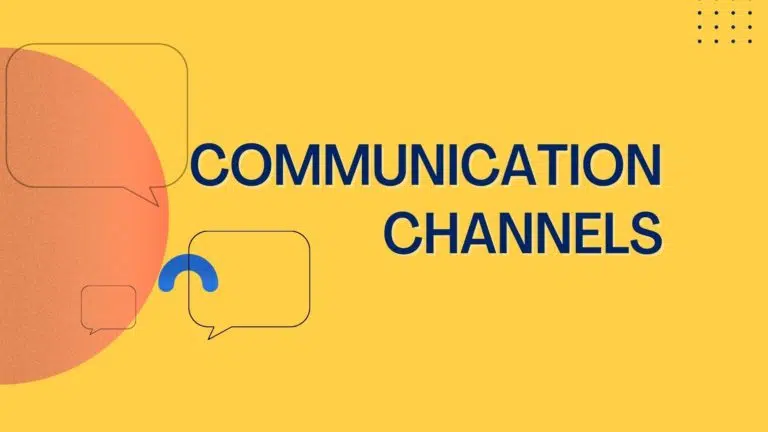Definition: The risk threshold is the amount of risk that an organization or individual is willing to accept.
According to the PMBOK Guide, “Project risk is an uncertain event or condition that, if it occurs, has a positive or negative effect on one or more project objectives such as scope, schedule, cost, and quality.”
A risk can be an opportunity or a threat. If the former, it can have a positive effect on project objectives, while if the latter, it can have a negative impact.
Risk management aims to increase the probability or impact of positive risks and reduce the probability or impact of negative risks. The strategy you will use depends on the risk attitude of your stakeholders, and risk attitude depends on risk appetite, tolerance, and threshold.
This article will provide details on the risk threshold.
Risk Threshold
According to the PMBOK Guide, “Risk threshold is the level of exposure above which risks are addressed and below which risks may be accepted.”
In simple words, it is the amount of risk that an organization or individual is willing to accept. Say a 10,000 USD cost overrun is acceptable to your organization, but anything above the number is not.
The risk threshold quantifies the risk tolerance with a precise figure. You have limits in risk tolerance, but in the risk threshold, you have a figure.
For example, your organization cannot take a risk with an impact of over 10,000 USD.
The threshold is the limit beyond which your organization will not tolerate the risk.
Example of Risk Threshold
You are planning to bid on a contract, and you think the value will be approximately 100,000 USD. Your organization has told you that they cannot allow you to go beyond 110,000 USD because of budgetary constraints.
Here, your risk threshold is 10,000 USD.
You will hold interviews and meetings with stakeholders to ascertain their risk appetite and analyze their risk tolerance. Afterward, you will define the risk threshold.
Summary
Understanding the risk threshold will help you develop your risk management plan. A risk threshold is a quantified limit beyond which your organization will not accept the risk.

I am Mohammad Fahad Usmani, B.E. PMP, PMI-RMP. I have been blogging on project management topics since 2011. To date, thousands of professionals have passed the PMP exam using my resources.


